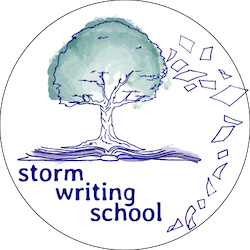Centrifugal Forces: How a Character Doesn’t Want What They Desire

Story is a vortex; a character circles around the climax, wanting and not wanting to get to the center of the vortex, where they will be transformed.
The Case for Messy Character Motivation

It’s acceptable—maybe even preferable—to be a little foggy about your characters’ motivations. Rather than put them through questionnaires and personality assessments, put them into situations which reveal true character.
The Character Mixing Board

Digging into Brandon Sanderson’s concept of three-pronged character development. How can you mix and match character attributes of competence, sympathy, and proactivity?
The Essence of Standout Characters

Protagonists need reader identification and allegiance, but that alone doesn’t make them standout characters. A great character needs to evoke a strong emotion within readers. And there are three main qualities that allow such effect.
Turning Points Propel Your Story

Turning points are why scenes exist. So it’s essential to understand how and why they work within your story to propel both plot and character.
The Case for Pantsing

Writing “by the seat of your pants,” aka “discovery writing” works better for some writers than outlining does. Read about the rationale for pantsing here.
Irony is Central to Storytelling

Irony is more important to storytelling than you might think. It helps create more poignant story events and ushers in more meaningful character transformation.
Earning Story Events

Earning story events means paying attention to three types of context (deep, situational, and immediate) as well as giving the character time to arrive at a response.
Theme Is Not Optional

Some people are wary of crafting or discussing theme, but theme exists in all (good) stories. Here, we examine what theme is, how a story employs it, the effect on readers, and how writers can be intentional about theme.
To Filter or Not to Filter

What is filtering, what’s the rationale for avoiding it, and in what situations might you want to stick with it?

